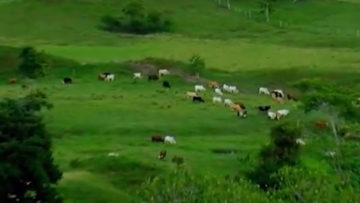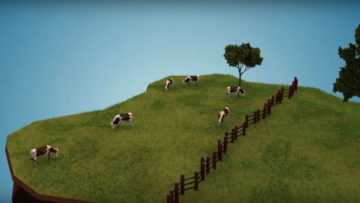Over the last 15 years, Peru has lost more than 125,000 ha. of forest annually with no major changes in the trend despite efforts to implement deforestation reduction strategies. Almost 100% of deforestation is caused by agriculture. Deforestation is localized mainly in the central Amazon area (Ucayali and Huánuco regions) and in the northern Amazon area (San Martin region) with overall more than 10 active forest frontiers. Each frontier presents specific socio-ecological characteristics and triggers of direct change, with rapid turnover of actors intervening over land and complex mechanisms of evolution across the various phases of the frontier consolidation. About 80% of forest loss is due to conversion to small patches of less than 5 ha. corresponding to the opening of fields for cash crops, mostly coffee and increasingly. Large scale deforestation is mostly related to oil palm expansion. Almost 3.5 million ha of deforested land is managed by smallholders as a shifting mosaic of small patch areas of less than 5 ha composed by temporal and permanent crops, pastures, and fallow-based systems, reflecting the diversified livelihoods of family farmers (Robiglio etal., 2014).
The barriers facing the alignment of biodiversity conservation and agricultural objectives include limited knowledge of the role of agricultural mosaics and trees on farms as beneficial to both priorities and sectorial and institutional segmentation that separates agriculture from trees resources, except in the case of fruit trees, that are considered crops.
However, Peru’s NBSAP offers opportunities for increasing TonF as does Peru’s 3.2 million ha. pledge to the Bonn Challenge. The degraded landscapes identified for restoration overlap with the agricultural land-use mosaic managed by family farmers in the Amazon region. There is an increased recognition of mosaic restoration versus the landscape large scale restoration of forest, and consequently of the pivotal role of smallholders in supporting restoration processes through the establishment and management of biodiversity friendly production systems based on crops of local importance. Peru’s NDC is also supported by the TonF approach as the NDC includes measures for the agricultural sector, including shaded cocoa and coffee and its LULUCF-USCUSS includes a specific measure on agroforestry.
Activities
National stakeholder meeting in December 2019 to discuss a roadmap for framing an enabling policy and regulatory context to favour the adoption of biodiversity friendly tree-based practices.
Ongoing coordination with local stakeholders of Colpa de Loros in Ucayali to present preliminary results about the opportunities to integrate Biodiversity Friendly species in their cocoa Production systems (4 villages) and assess their capacity of producing planting material for key species to be integrated in their cocoa farms.
Ongoing coordination with MINAM-DGBD and IIAP to implement the Biodiversity Assessment Tool optional module on vertebrates in the project sampling area and planning of the activity next year
Support and advisory to a multi-sectorial effort to align policies and definitions on agroforestry to facilitate the achievement of Peru’s climate, biodiversity and restoration targets.
Peru News & Stories
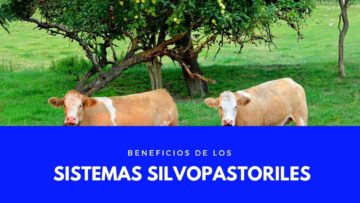
Benefits of silvopastoral systems in livestock farms
https://www.youtube.com/watch?v=L97DSL_cNTw
Read More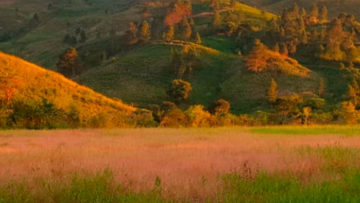
It is proposed that trees on farm monitor the progress of agricultural landscapes towards sustainable management
Project implemented in Honduras identifies key actors to drive the issue and select pilot sites to develop relevant...
Read More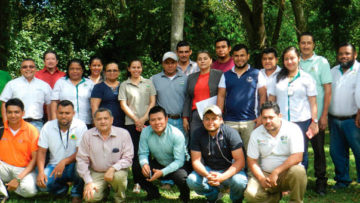
Present results of research on the Sentinel Landscape Nicaragua-Honduras
Four workshops were held where 164 participants from 45 organizations representing the government, academic, productive...
Read More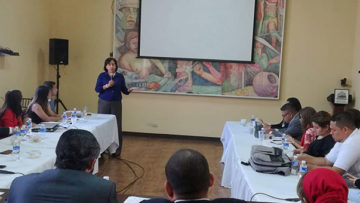
CATIE makes progress in promoting trees on farm for biodiversity and other ecosystem services in Honduras
The institution developed different activities to define a route to drive trees on farm in the country. March 25, 2019. With...
Read More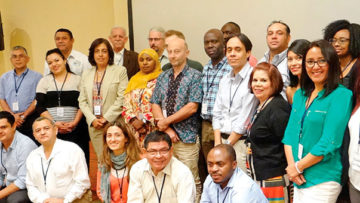
Five countries are working on the development of a protocol to monitor biodiversity on agricultural lands
International experts met in Honduras to define tools to assess on-farm biodiversity conservation November 23,...
Read More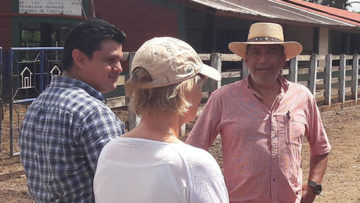
Trees on farm – a change for biodiversity in Honduras
Impressions from initial stakeholder engagement in Catacamas, Honduras November 6, 2018. The objective of our new...
Read More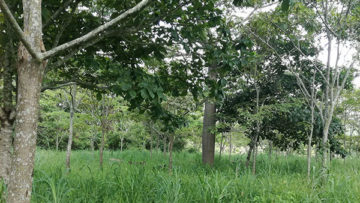
New project promotes trees in farm to protect biodiversity in Honduras
The project seeks to support countries to reach national and international biodiversity objectives September 28 2018, Thanks...
Read MoreResources
all peru
Team

Valentina Robiglio
PhD in Forestry. Her major research interests include tropical land-use trajectories, forest-cover dynamics, agricultural intensification, smallholders’ livelihoods, environmental services, and mitigation and adaptation in smallholding contexts on tropical forest margins. Senior land-use systems scientist at ICRAF and Scientific Coordinator of TonF project in Peru.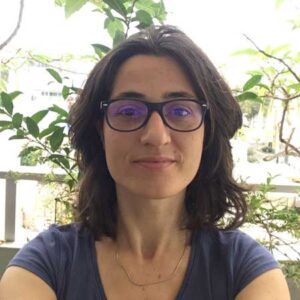
Marta Suber
Bachelor in Forestry, MSc in Tropical Forestry Management and MST in Management and Environmental Policies for Tropical Forests. Focused on national emission reduction policies for Land Use, Land Use Change and Forestry sector, on carbon projects in Agriculture, Forestry and Other Land Uses sector and certification schemes, and on the development of agricultural interventions with a landscape approach to achieve sustainability in the agricultural matrix of smallholder farmers. Climate-change mitigation specialist at ICRAF.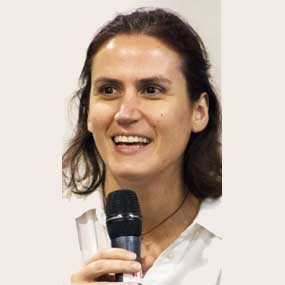
Elena Borasino
Economist, Master in International Development Studies with specialisation in Development Economics. Consultant to the ICRAF Peru team for the TonF project. In the framework of the project, she has collaborated with an analysis of the regulatory framework that influences producers' decisions to maintain, restore and expand trees on their farms. She is currently working on identifying incentives and financial options to promote and conserve trees on farms in the Peruvian Amazon.

